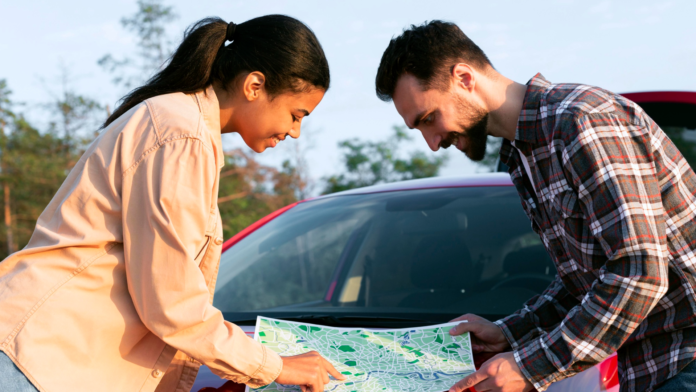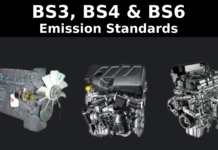Planning a long electric vehicle (EV) trip across India requires more than just picking a destination. Unlike conventional fuel cars, EVs need strategic charging stops, route planning, and battery management to ensure a hassle-free journey. With India’s expanding EV infrastructure, traveling long distances in an electric car is becoming more feasible. In this guide, we’ll cover essential tips on how to plan a smooth electric vehicle trip across India, including charging networks, route optimization, and energy-efficient driving techniques.
Key Points
Essential Tips for a Smooth EV Road Trip in India
Planning an electric vehicle (EV) road trip in India requires careful preparation to ensure a hassle-free journey. From mapping out charging stations to optimizing battery usage, every detail matters. Using real-time apps, budgeting wisely, and preparing for unexpected situations can make your trip smooth and enjoyable. With India’s EV infrastructure expanding, long-distance travel is now easier than ever.
1. Research Your Route and Charging Stations

India’s roads can be a wild mix of highways, rural trails, and chaotic city streets. Before you set off, map out your route using tools like Vahaninfo’s ev locator. The key here is to locate reliable charging stations along the way. As of March 2025, India’s EV charging network is expanding fast cities like Delhi, Mumbai, Bengaluru, and Hyderabad are well-equipped, while highways like the Delhi-Mumbai Expressway are catching up with fast chargers.
According to the Ministry of Power India, EV charging infrastructure is rapidly expanding along highways and in major cities, making long-distance EV travel more feasible than ever.
Pro Tip: Look for smaller towns with EV stations popping up, like Jaipur or Coimbatore. Cross-check station availability on apps or even call ahead to confirm they’re operational. Nothing’s worse than arriving at a “charging spot” that’s out of service.
2. Understand Your EV’s Range and Battery Needs
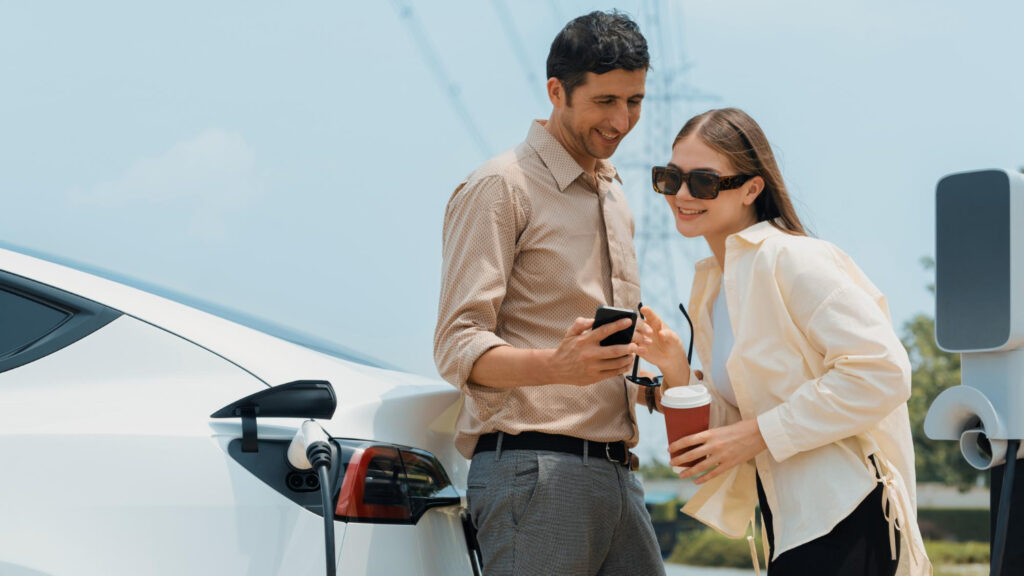
Every electric vehicle is unique some zip along for 400 km on a single charge, while others tap out at 200 km. Know your car’s real-world range, because factors like heat, AC usage, or hilly terrain can drain your battery faster. For example, driving through Rajasthan’s deserts or the steep inclines of the Western Ghats can reduce the range.
Charge up to 80% for routine stops to preserve battery health, and go for 100% only when a long stretch without charging stations waits. Also, monitor the weather monsoon rains or extreme heat can impact performance. Take shorter trips first to understand your EV’s quirks.
3. Pack Smart for the Journey
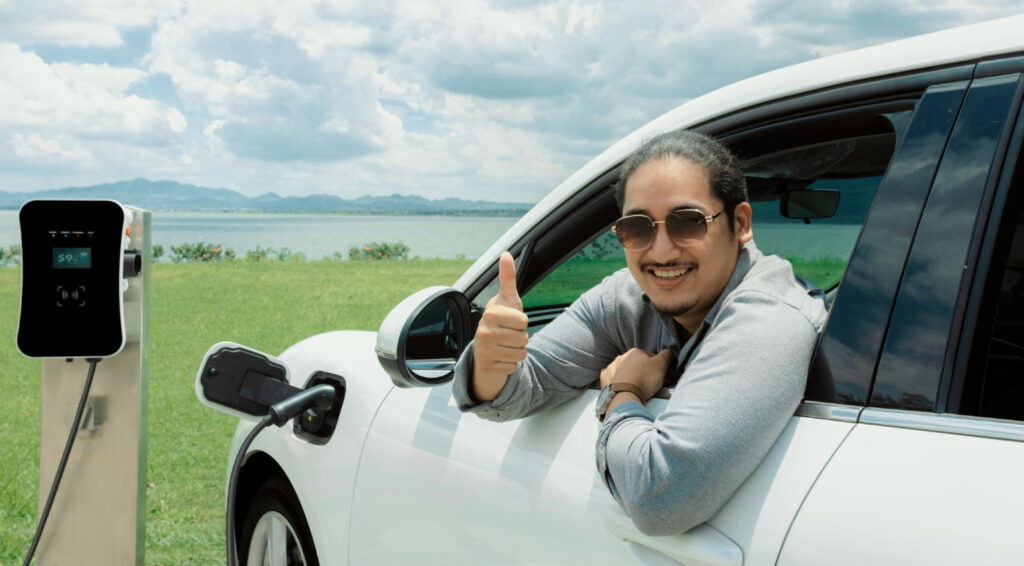
Bring a portable EV charger if you’ve got one it’s a lifesaver in remote areas. Toss in a sturdy extension cord, a tire repair kit, and a power bank for your gadgets. India’s power cuts can be unpredictable, so a flashlight or solar charger is a smart add-on.
Don’t forget water, some dry fruits, and maybe a playlist of Bollywood road trip classics to keep the vibe alive. Space is precious in an EV, so pack light but clever think multi-use items like a scarf that doubles as a blanket.
4. Plan Your Stops Around Local Experiences

Why just charge and leave when you can turn every stop into an experience? India’s diversity offers endless adventures. Charging in Jaipur? Wander through the Pink City’s bazaars. Stopping in Kochi? Sip fresh coconut water by the backwaters. Use your 30–60 minute fast-charging breaks to explore dhaba, temples, or scenic viewpoints.
5. Stay Updated with Real-Time Apps and Tools
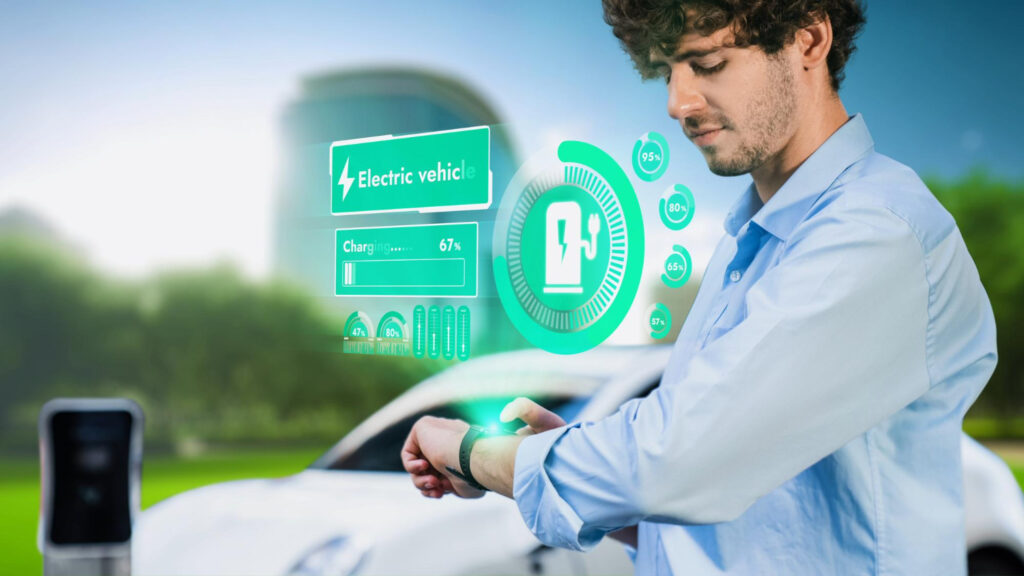
Tech is your best co-pilot. Use website like Charge Map, Tata Power EZ Charge, and Ather Grid to find real-time charger availability. Stay in the loop with X (formerly Twitter) updates from fellow EV travelers search hashtags like #EVIndia or #ElectricRoadTrip for the latest charging spots and road conditions.
A GPS with live traffic updates is crucial, especially in jam-prone cities like Chennai or Kolkata, where slow-moving traffic can drain your battery. If you’re heading off the beaten path, a satellite tracker like Garmin ensures you stay on course even when mobile signals drop.
6. Prepare for Emergencies and Backup Options
India’s roads can throw curveballs think sudden potholes, flooded stretches, or a charger that’s kaput. Carry your EV’s manual and helpline numbers (like roadside assistance from Mahindra or Tata). A spare tire and basic tools are non-negotiable.
If a charging station fails, scout nearby hotels or malls many now offer EV points. Worst case, flag down a fellow traveler for a tow to the next hub. I’ve heard tales of EV owners in Gujarat teaming up to share portable chargers community spirit can save the day!
7. Budget Wisely for Charging and Travel Costs
EV trips can be cheaper than fuel guzzlers, but costs add up. Fast charging on highways might set you back ₹20-30 per kWh, while slower home-style chargers are more wallet-friendly at ₹10-15. Factor in tolls, food, and maybe a night’s stay if you’re stretching the journey.
Charge during off-peak hours (early mornings or late nights) for lower rates at some stations. Compare that to diesel at ₹90/liter, and you’re still winning plus, you’re saving the planet a little!
Conclusion
A well-planned electric vehicle trip across India can be both convenient and cost-effective. By mapping out charging stations, maintaining optimal battery levels, and adopting efficient driving habits, you can enjoy a seamless road trip. With India’s EV ecosystem growing rapidly, cross-country EV travel is becoming easier than ever. Following these steps will ensure your journey is smooth, stress-free, and enjoyable.
Frequently Asked Questions (FAQs)
Q1. How long does it take to charge an EV on a road trip?
Depends on the charger, Fast DC chargers (50 kW+) can juice up to 80% in 30-60 minutes. Slower AC ones might take 4-6 hours, so plan those for overnight stops.
Q2. Are there enough charging stations in rural India?
It’s improving, but rural areas lag behind cities. Stick to major highways or pre-check apps for station locations.
Q3. What’s the best EV for an Indian road trip?
Models like the Tata Nexon EV (300+ km range) or MG ZS EV are solid picks reliable, affordable, and suited to India’s roads.
Q4. Can I charge my EV at home before starting?
Yes, A full charge at home (if you’ve got a setup) is the cheapest way to kick off your trip.
Q5. What if I run out of battery mid-journey?
Rare if you plan well, but call your EV’s roadside assistance or arrange a tow to the nearest charger.


